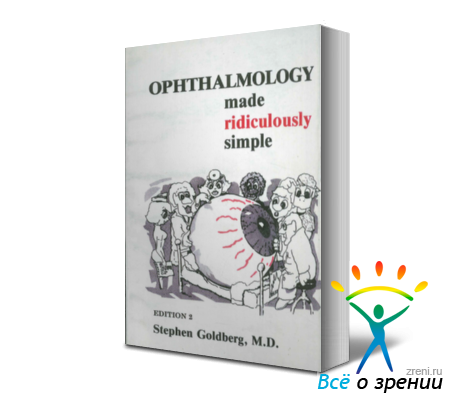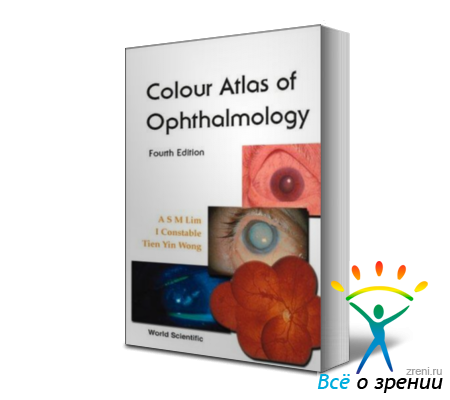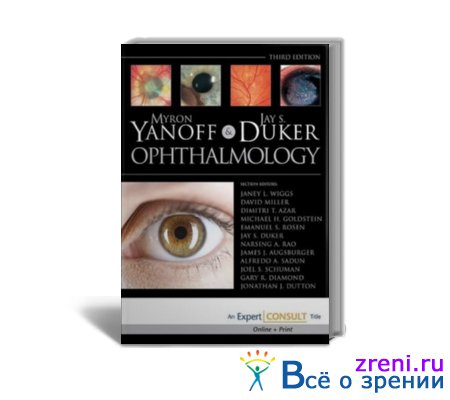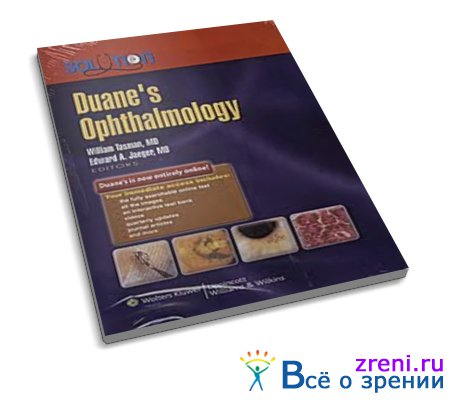Portable, practical information at a glance
In ophthalmology, visual diagnosis is the most crucial part of an examination. This handy atlas is designed to help busy clinicians identify clinical signs and symptoms, establish differential diagnoses, and work through complex clinical questions -- efficiently and accurately.
The
Pocket Atlas of Ophthalmology features:
* More than 500 photographs, line drawings, and diagrams.
* Precise clinical descriptions of all major disorders.
* Color-coded tabs for easy access.
* Easy-to-follow bulleted lists and flow charts.
* Side-by-side comparison charts for differential diagnosis.
* Succinct overviews of ocular anatomy and physiology.
* Valuable tips and techniques for diagnosis and treatment.
* Chapters on drug side effects and eye diseases in developing countries.
Also useful as a study guide or patient information aid, the atlas also includes a detailed index and numerous cross-references. Compact, durable, and packed with information, this volume slides into any lab coat pocket, making it the ideal clinical companion for all eye care professionals.





